When it comes to powerlifting, weightlifting, or strongman, having reliable and durable lifting straps can improve your training involving most movements with a barbell. If you are like most athletes where your back, hamstrings, and glutes are able to lift more than your hands are able to grip, then lifting straps are the solution.
There are many kinds of lifting straps on the market made from all sorts of different materials. Leather lifting straps specifically could be argued as the most durable out there. So let’s saddle up and find which leather lifting straps would be best for you.
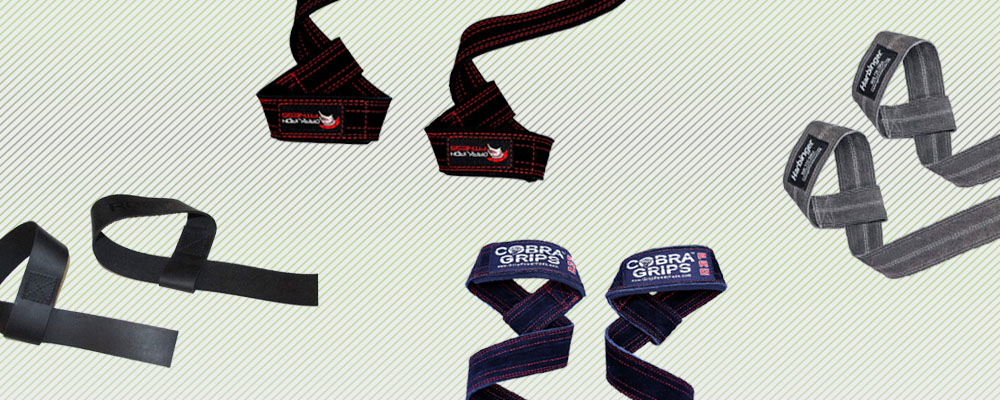
Editor’s Pick
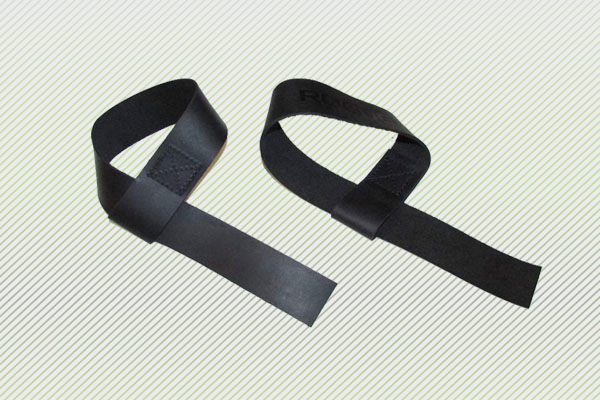
ROGUE Leather Lifting Straps
Pros:
- Lack of stitching in the design can allow for a more comfortable grip around the barbell.
- Can safely grip barbells that don’t have any knurling.
- The cinch tightly around the wrist to help prevent slipping or sliding during training.
Cons:
- May take several training sessions to break in.
- Each strap may vary slightly in length making some pairs uneven.
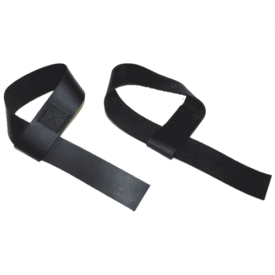
ROGUE Leather Lifting Straps measure in at 20 inches long, 1.5 inches wide, and have a thickness of 3.175mm. The texture on the inside of the leather makes them softer on skin and the texture on the outside offers a smoother grip. They have a lasso design with limited stitching around the loop.
Contender
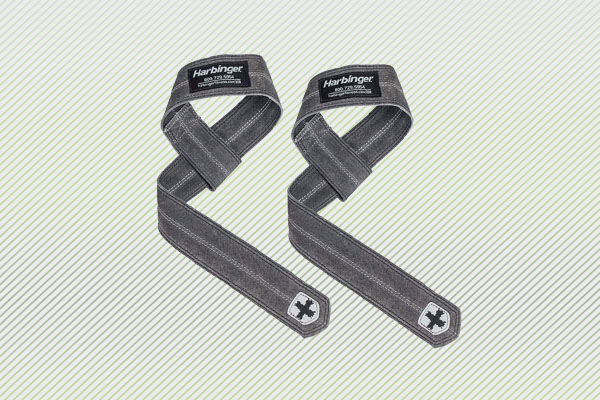
Harbinger DuraHide Real Leather Lifting Straps
Pros:
- An inch and a half width can offer a tackier grip around the barbell.
- Center stitching down each strap can help them better fit personal grip.
- Hand washable to prevent the retention of odors from sweat.
Cons:
- Can pinch wrists when lifting heavy.
- Thinner than many comparable options on the market.
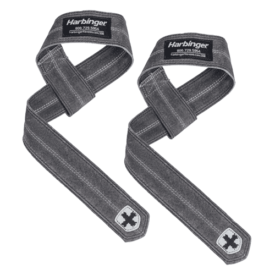
The Harbinger DuraHide Real Leather Lifting Straps implements a tri-layer design to prevent ripping and merrowed end tabs to delay fraying. Each strap is 21 inches long and weighs less than an ounce. They can be hand washed and air dried.
Also Consider
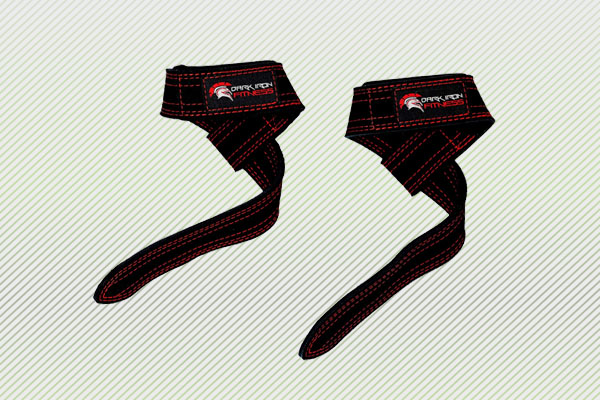
Dark Iron Fitness Weightlifting Leather Suede Lifting Wrist Straps
Pros:
- Designed to avoid chafing to better protect skin.
- Stitching is positioned to allow for the straps to bend comfortably with the wrist.
- Neoprene padding positioned to fit snugly around the wrist without applying additional pressure.
Cons:
- Weight capacity 450lbs which may be less than needed for strongmen and powerlifters who train heavier.
- Recommended that they do not get washed which might make them more susceptible to retaining odors.
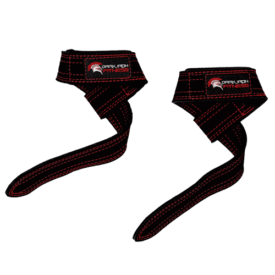
The Dark Iron Fitness Weightlifting Leather Suede Lifting Wrist Straps utilize super heavy duty reinforced stitching along the entire strap to prevent tears. The sizing comes in 3mm or 2mm and can support up to 450lbs. Each pair of straps only weighs four ounces.
Best for Strongman Athletes

Cobra Grips Suede Leather Deadlift Lifting Straps
Pros:
- Tested at heavier weights than many comparable options potentially making these better for strongman athletes.
- Offer a stiff feel even after breaking in to prevent slipping.
- Made of pliable leather to remove the need to break them in.
Cons:
- A bit pricier than most competitive options.
- Higher potential for fraying over time than comparable options.
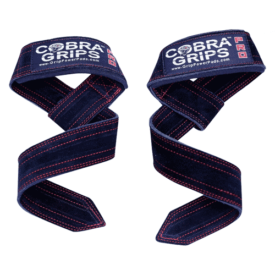
Cobra Grips Suede Leather Deadlift Lifting Straps made with high quality suede leather with reinforced stitching. These adjustable straps have padding designed to protect the wrists without interfering with grip.
Methodology
Weight Capacity
One of the most important things to consider when choosing the best lifting straps for you besides comfort is safety. In the case of weight capacity, most straps on the market will share what weight capacity they have been tested at. Rarely will a product note what the maximum capacity is.
For example, if a pair of straps has been tested up to 400lb, then it is pretty safe to assume that you won’t encounter any issues at or below that weight. For athletes that intend to lift heavier than the given tested weight does run the risk that straps could tear or snap during a lift. This is unlikely to happen without an immense amount of stress after extended wear, but it is something to be conscious of.
Stitching
The stitching involved in each pair of straps will vary by design. There isn’t a standard that is followed across the market in terms of stitching and some straps even implement as minimal stitching as possible.
The key factors to look for in the use of stitching is its positioning and its thickness. In terms of positioning, this can influence how the grip feels during a lift. If the stitching is lined down the center of the strap, it is likely that you will feel it during a lift. If you are someone who prefers the sensation of knurling in your grip, perhaps it would be a benefit rather than a hindrance. If stitching is around the edges, this is usually additional reinforcement against fraying.
Consider the implications of how flexible a strap will be given where its stitches are. They can be a guide as to where the straps are likely to bend in your grip or around the bar.
Wrapping Up
Leather straps are likely to withstand the test of time better than their non-leather counterparts which is obviously a great benefit to have when investing in a good pair. Just keep an eye out for stitching in the design and the weight the straps that appeal to you have been tested with.